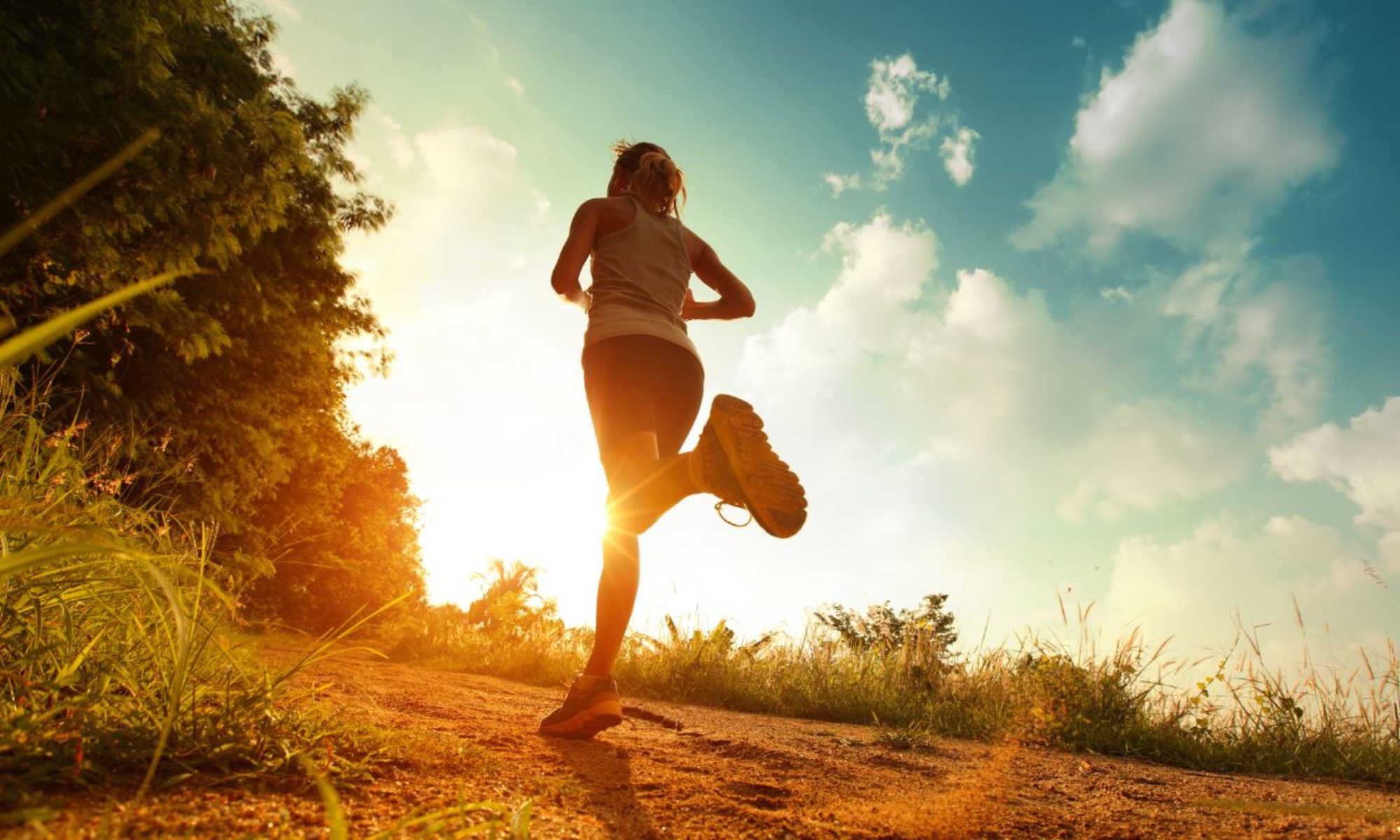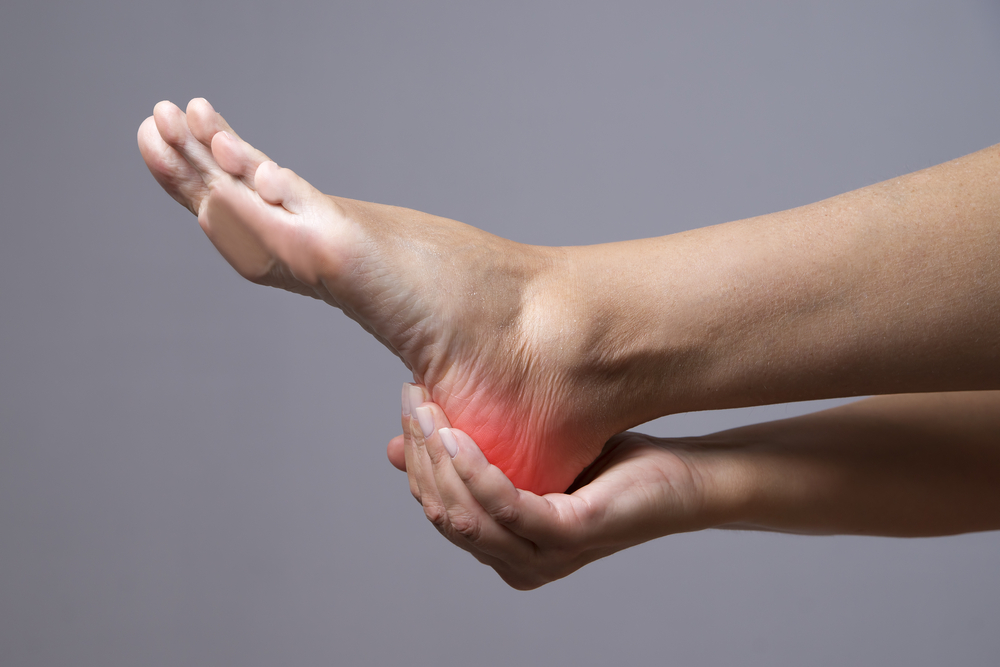The parkrun (written with a small “p”) is a number of greater than two thousand 5-kilometre (or 3.1 mile) runs for walkers and runners that occur every Saturday morning in 22 countries around the world. Additionally there is a childrens parkrun over 2 kms (1.25 miles) for kids aged 4 to 14 on a Sunday morning. The parkrun’s are free to enter and are staffed and put on by volunteers, even though there are a small number of employed personnel from its head office. The parkrun was established by Paul Sinton-Hewitt with the initial run getting put on at Bushy Park in London, Great Britain on 2nd of October 2004. The parkrun progressed from there being duplicated in many other UK venues. They were initially referred to as United Kingdom Time Trials with the label, parkrun, first being used in 2008 as the development began to take place in additional countries. The runs occur in various sorts of sites such as recreational areas, nature parks, forests, estuaries and rivers, lakes, beaches, as well as in jails. The runners which have carried out 50, 100, or 500 of the runs are provided a complimentary tee shirt. After a participant has registered on the parkrun website and gets a bar code, they can travel to and take part in any of the parkruns worldwide where they sometimes are known as “tourists”. The world record holder for the run for males is Andrew Baddeley who has a time of 13 minutes and 48 seconds and the woman’s record is Lauren Reid who has a time of fifteen minutes and 45 seconds.
Paul Sinton-Hewitt was presented with a CBE for the services to grassroots sports activity in 2014 for what parkrun has grown to become. Presently there are just about seven million runners listed worldwide with parkrun. This amazing fast growth is primarily because of its simpleness and accessibility. Runners only have to signup online once and then basically turn up at any parkrun event and run. The inclusive viewpoint can also be probably one factor because participants range from competing and quick club athletes to those that simply walk the 5 km. Wheel chair users, those pushing strollers with children and individuals running with their dog really are encouraged. The parkrun’s happen to be heralded as one of the greatest public health endeavours of our time regarding promoting physical exercise and being a social movement for the common good.
Each parkrun event is staffed and carried out by volunteers with the required equipment provided by the parkrun head office. These volunteers are definitely the heart of the parkrun movement and their work is recognized on the parkrun’s internet site each week. Just lately the writer, Eileen Jones went about the United Kingdom and visited many of the 730 parkrun places there and spoke with athletes and walkers and described the way a 5 km run on a Saturday morning had transformed their life. Jone’s writings was released as a book with the title “how parkrun changed our lives”.
At the start of March 2020, nearly all parkrun runs were being shut down globally a result of the COVID outbreak. At the start of 2021 some runs did start to return, mainly since the pandemic began to be taken care of in some countries around the world.

